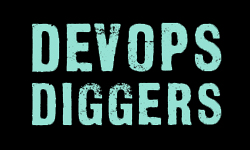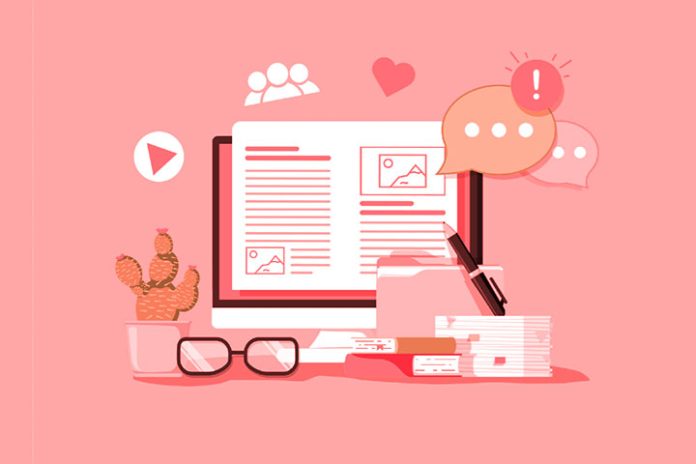The quality of textual content has always been a fundamental element for SEO, and after the latest Google core update, they are even more so. For Google, it is increasingly important to offer its users relevant content with search intent, and after this latest update, many sites that do not offer interesting content have seen their positioning drastically drop.
To rank high in search engine results and attract users to your website, it is essential to offer quality content. But more than writing well is needed: you need to produce useful texts for users and think about search engines. In this article, we will deal with how to optimize the content of your website to make your pages attractive to both users and search engines.
Optimization Of SEO Elements
SEO elements are portions of the text inserted into a page to facilitate indexing by search engines. As we have seen, the importance of SEO for your website is undoubted, and the correct compilation of the SEO elements is one of the simplest and most effective tricks for obtaining good positioning. SEO elements are the page title, description, URL, and H1 header.
Title
The Title is the element that will appear as the page’s Title in search engine results. Characteristics of a good title:
- It’s short: The ideal length is around 60 characters.
- It’s unique: Each page must have a different title.
- It is coherent: It must be in line with the page’s contents and the titles of the other pages.
Description
The description is the description of the page that will be inserted in the search results. Characteristics of a good description:
- Length: It’s a manageable length. We advise you to keep it around 150/160 characters.
- Utility: It must offer useful information to entice the customer to continue reading.
- Call to action: May contain expressions like “discover” or “read” to attract attention.
URLs
It must describe the content of the page and must be meaningful. We recommend using 3-5 words maximum and entering your main keywords separated by a dash.
H1 Header
It must be captivating, summarize the page’s content and push you to continue reading. Remember that, from an SEO perspective, you must insert a single H1 header on the page with texts related to the Title.
Also Read: How To Write Tweets Or Facebook Post With ChatGPT
Page Structure And Content Readability
As we have already seen, the legibility of the page is essential to entice you to browse the site. To write effective and well-structured texts, it is necessary to take into consideration the peculiarities of the use of content on the web :
- Reading on the monitor is 25% more tiring than reading on paper.
- Most users expect to open the page and immediately find the content they are looking for based on the search they entered on the engine.
- Web users are impatient: 80% only read part of the text but scan the page with their eyes looking for a paragraph of interest.
The pages must therefore be legible and airy to entice you to read. We advise you to:
- Use short sentences with a simple structure.
- Organize text into paragraphs.
- Use bold to highlight important keywords and concepts.
- Use bulleted lists and tables.
- Insert internal anchors and links in the text to facilitate user navigation.
The length must be appropriate to the topic covered: it is only sometimes the longest content that ranks highest but the one that best responds to the users’ needs. From an SEO point of view, remember to use H1, H2, etc. tags for your titles and subtitles and insert your keywords into the text.
Choice And Use Of Keywords
The choice of keywords is a factor of fundamental importance for optimizing a site for search engines. Before writing your content, study user searches to identify the keywords most used by your target on the topic to be treated. Some advice:
- Enrich the text with synonyms of the identified keywords.
- Place keywords in the text as naturally as possible.
- Avoid “keyword stuffing,” i.e., the forced insertion and repetition of keywords.
Image Optimization
We often need to remember that images are also content, and as such, it is important that they comply with the optimization requirements to obtain correct indexing and good positioning. The use of images is of fundamental importance:
- Web pages with at least one image have better performance.
- Images help the reading of the page (especially if it is rich in content).
- The use of correctly optimized images influences the site’s ranking.
What to do to optimize images:
- Choose a descriptive name in line with the contents of the page
- Insert images of the appropriate size
- Upload images that are not too heavy
- Insert a featured image on the page
- Fill the “Alt” attribute of the image with a short description.
The “Alt” attribute is the alternative text shown when an image is incorrectly displayed. It is a fundamental element from an SEO point of view because search engines use this portion of text to index the image. Therefore, we advise you also to enter your reference keywords here.
Beware Of Duplicate Content
A study conducted by SEMRush shows that 50% of sites show pages with duplicate content. From an SEO perspective, this is absolutely to be avoided. There are no direct penalties, but duplicate content will indicate to search engines that your website has little to offer your readers, so they favor other sites in search results.
Duplicate content refers to blocks of identical content between different pages of the same site or between sites that discuss the same topic. For pages within your site, try to minimize duplicate content by merging similar pages and deleting repetitive text. The issue of duplicate content from external sites does not only concern SEO but can give rise to real causes of plagiarism. We advise you to check what has already been written on the net by creating original content and always adding something new.
Also Read: Top 5 Elements That You Can Implement For Web Optimization


